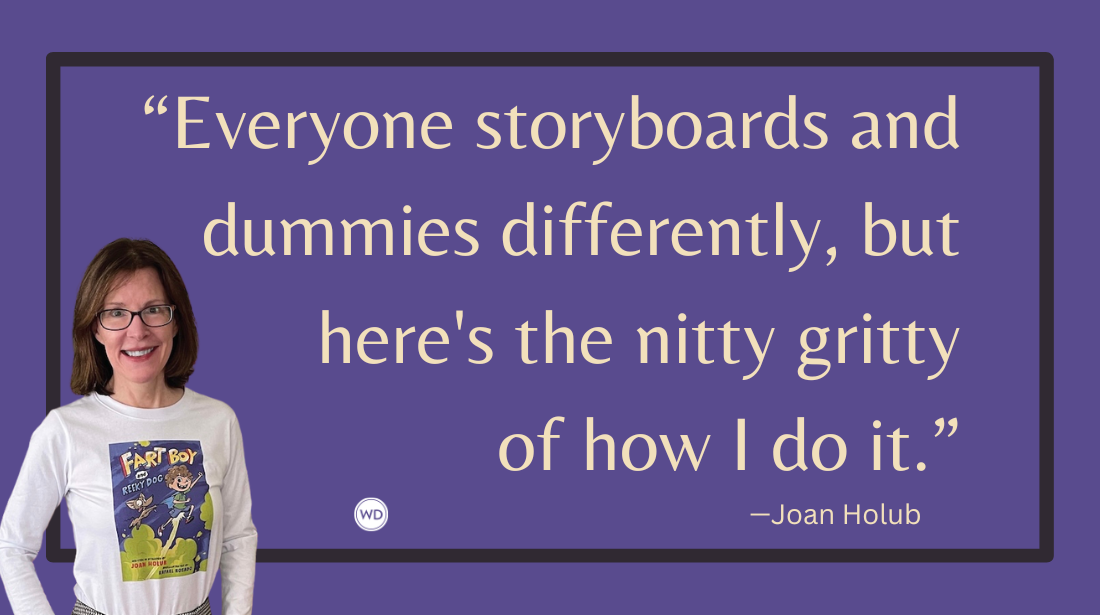5 Tips for Writing a Good Book Series
From genre to setting to character, novelist Tracy Clark has 5 tips for ensuring that your book series is the best it can be.
Writing is weird. It can suck on a Tuesday and feed your soul on a Friday. Yet, we writers approach the laptop or the legal pad every day, coffee mug in hand, clad in sweatpants, hopeful the writing gods will smile upon us and the words will come. At least, that’s how us pantsers do it. Outliners, well, they’re a different breed. I’m not envious … much.
But you are here because you’ve chosen to do the weird thing and have compounded the challenge by wanting to write not one book, but a series of them. Whaaaat?
Been there. My Cass Raines series is four books deep. I’ve walked through the fire and lived to tell the tale. But back to you. You want to write a series, so let’s do it.
How do you write a good series? How do you keep readers coming back? Good questions. I’ve got 5 good tips.
5 Tips for Writing a Good Book Series
Genre
Pick a genre that can sustain your characters over several books. Some genres are tailor-made for serialization—mystery, sci-fi, fantasy, romance, are all good choices. Think Sue Grafton’s Kinsey Millhone series, A through Y, Octavia Butler’s Patternmaster series, Walter Mosley’s Leonid McGill series, Robert B. Parker’s Spenser. You want a genre that can hold more than one story arc and one that can accommodate the slow rollout of your characters’ (hopefully) complex lives. Think long game, not short.
Character
Series are all about your characters. These are the book people your readers are coming back to see. They must be compelling, unique, and engaging to such a degree that readers really care about them, worry about their troubles, and want to see them get what they need.
You start building this connection on page one of book one. If readers don’t care about your characters from the start, you’ve lost them, so build well; a lot rides on your characters’ shoulders.
Back to Grafton. Think of B is for Burglar. Who remembers the major plot points? No? What we remember about that series is Kinsey Millhone. We remember her little black dress, the pickle and peanut butter sandwiches, her landlord Henry, and Rosie at the Hungarian restaurant around the corner from her studio apartment. Character. Character. Character. Make them memorable, add new ones on occasion to jazz things up, or you’re dead in the water.
IndieBound | Bookshop | Amazon
[WD uses affiliate links.]
Central Conflict
Keep conflict going. Fiction is fueled by conflict. No conflict, no story; no story, and your readers will move on to someone else’s book. There should be conflict everywhere. On every page, your characters want and need something they cannot get. This is the push and pull necessary to get from page one to the end. But with a series, you are setting yourself up for short-term conflict (the resolution of this particular plot dilemma in this particular book) and long-term conflict (those fundamental tensions, stresses, and problems that must follow your characters into the next installment). The short-term elements are easily dispatched--you catch the killer, you solve the mystery, you save the planet--the long term, you slide over to the next adventure.
Your goal is to confound your characters, giving them something to wrestle with while keeping the anticipation and suspense high. With your long-term carry-overs, you will ratchet up the emotional stakes, hoping your reader gets reeled in enough by your characters’ struggles and entanglements that they will keep reading. Conflict always.
For the outliner, you’ll plan these conflicts out carefully in advance. For pantsers, we will stumble upon them as we would rocks in the road. Don’t judge us. We eventually get there.
Setting
Let’s do a little exercise. I’ll toss out a character name and you match that character to the city they’re from. Easy Rawlins. Spenser. Sam Spade. V.I. Warshawski. How’d you do? If you answered L.A., Boston, San Francisco, and Chicago, you did quite well. So, what does that say about how important setting is in a series?
Your setting should be as important a character in your series as your human characters must be. If you’re writing about a real place, put us there, make us feel it, smell it, see it, experience it. We get a very real sense of Easy Rawlins’ L.A., we can practically smell the water in the Charles River in Spenser’s Boston.
Wherever you set your books, decide wisely, because you’ll be spending a lot of time there. Once you’ve decided, go deep, really look at that place, and pick out those things about it that are the most revealing, the most evocative. If you’re writing sci-fi or fantasy, this setting bit is a little easier because you’ll have no one there pointing a finger and telling you you’ve gotten it wrong. Who’s going to argue with you that the three moons on the planet you made up aren’t blue, but green, or that Tolkien put the wrong species of tree in Rivendell valley? Nobody, that’s who, so paint your canvas any way you want to.
Plan It Out
At least this is the prevailing wisdom on writing a series from a lot of talented writers who should know. The idea is to decide well in advance where you will put all those wonderful character beats. Planners then know, for example, that in book three, chapter ten, their main character’s central trauma will finally be revealed.
Uh-huh.
I can see the strategic benefit. I can’t speak to this type of planning, personally. Pantser, remember? But if you think this approach will work for you, go for it.
I said five tips, but I’ll add just one more, this one almost as important as the previous ones.
Bonus Tip!
Do. Not. Panic. I know you want to, you’re likely panicking now. Breathe.
You ramped yourself up to writing one book, just one, and it was a tough climb. Now they (they know who they are) want another just like it. Another. Seriously, breathe.
You worry you’re out of ideas. You are not. You think all you had in you was that one book. I beg to differ. If you’ve done it right (go back to tip three), you’ve left a little in the tank, you’ve given your characters somewhere to go, either backward or forward—toward growth and maturity, or away from it. Your place and genre are well set, and you have your cast and character arcs. The ideas for books two and three and (yay for you) beyond will come. They will come like sparks of divine bounty at times when you least expect them and then you will be off to the races again.
In sweatpants like the rest of us.
Tracy Clark is the author of HIDE: Detective Harriet Foster, Book 1 (January 1, 2023; Thomas & Mercer)—as well as four novels in the Cassandra Raines series. She is the 2022 and 2019 winner of the Sue Grafton Memorial Award, an Anthony and Lefty Award finalist, and her books have earned starred reviews and been shortlisted for the American Library Association's RUSA Reading List, named a CrimeReads Best New PI Book of 2018, a Midwest Connections Pick, and a Library Journal Best Books of the Year selection. She is a board member-at-large of Sisters in Crime, Chicagoland, a member of International Thriller Writers, and a Mystery Writers of America Midwest board member. You can visit Tracy online at tracyclarkbooks.com.








